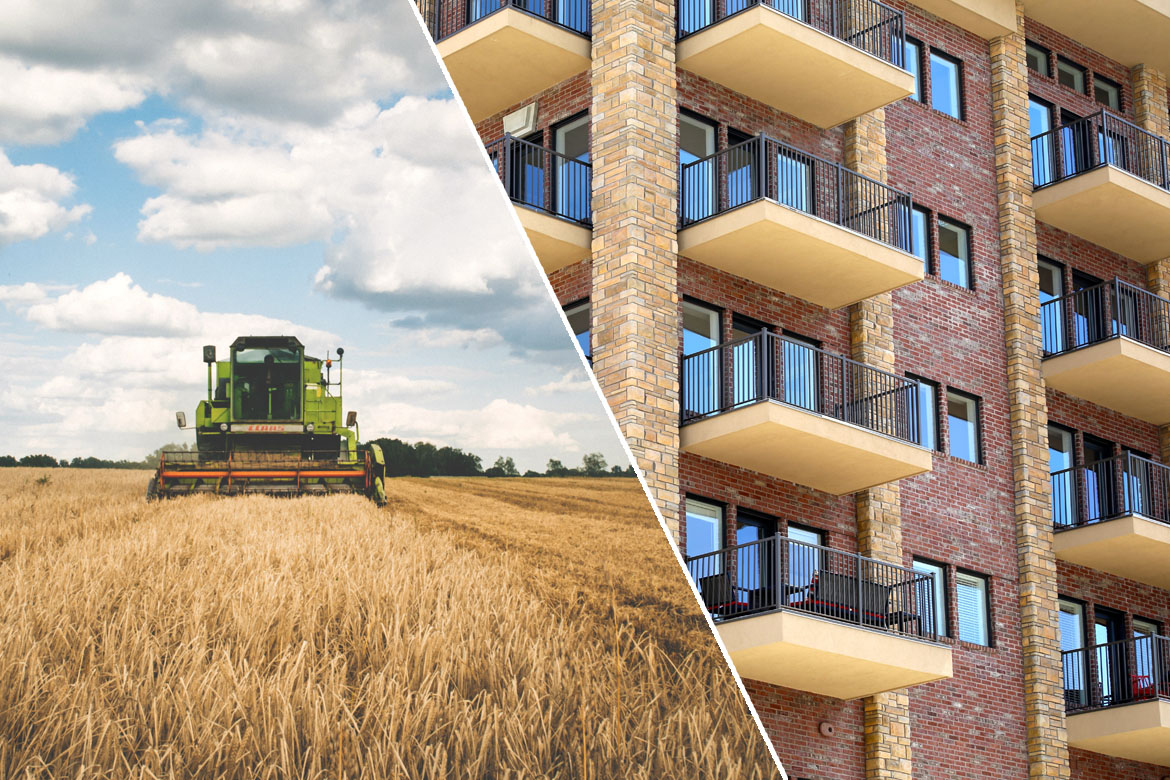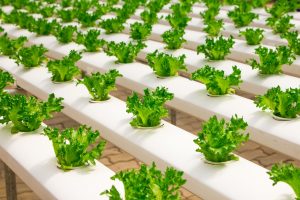Agriculture vs. Multifamily Investing
A logical progression exists in real estate investing. Many people start with single family homes, then move up to multi-family or commercial as they realize the benefits of these asset types and the economies of scale from owning and operating larger properties. Climbing up the investment ladder generally requires more capital and sophistication. Agriculture investments are similar in many ways to multi-family and can be a good alternative for diversification for those investors who have experience in larger properties.
Demographic & Market Drivers
Multi-family housing is an especially hot part of the U.S. real estate market right now because so many millenials have yet to make the jump to home ownership. With heavy student debt loads, many young people have difficulty securing financing on a starter home, driving significant new construction in apartment complexes across the country. America’s largest generation is also driving changes in the agriculture investing world. The sheer global population growth the “youth bulge” drives not just the need for housing, but increased consumption of food. Relatedly, as urban areas sprawl ever outward with additional housing construction, a significant portion of the area consumed was previously suitable for farming, making arable farmland more scarce.
As millenials are demanding more amenities in their apartment complexes, they also demand more specialization in their food consumption. The desire for locally grown farm-to-table, organic, and sustainably-produced foods increases the need for specialization in agriculture and present opportunities for investors who can respond to these trends.
Understanding Valuation
Multifamily properties are most often valued based on the income they generate, and how that income impacts the “cost per door.” A simple way to determine an apartment complex’s value is to divide its Net Operating Income by the capitalization rate in a particular market. Determining a farm’s value can be more challenging. Though looking at the average cost per acre in a specific area works for like types of commodity crops, that metric has huge variability depending on growing method and crop type. Valuations on existing farm properties can be based on discounted cash flows, like any other company. Another valuation method similar to conventional real estate appraisal is to evaluate a property in relationship to comparable properties in a market (assuming there are any) on either recent sales value or earnings multiples. The NCREIF Farmland Property Index is one resource for understanding valuations in a specific region. More granular price per acre data can be found at websites such as USDA or AcreValue.
Investment Size
A larger property, be it a farm or an apartment complex, enjoys economies of scale as the investment sizes up. Larger properties are operated by professional managers, materials are purchased with bulk discounts, and systems can be put in place that drive down costs. Apartment buildings range in size from five units up to several hundred units. Though there are Class C, B, and A complexes, and various types of layouts and amenities, an apartment is pretty much an apartment. Farms, on the other hand, are much harder to compare on an apples to apples basis. Today, growers can operate economically viable farms indoors on as little as ten or so acres, but most farms that are profitable tend to be hundreds, if not many thousands of acres in size. Specialty crops and novel production methods like aquaculture can be operated on much smaller footprints than conventional commodity crops.
That said, a smaller multi-family building or farm can be a very profitable investment, assuming there is some sort of upside in the form of increased rents (either crop rents or door rents) from capital improvements that drive performance. Developing an apartment or agriculture project from the ground up can also bring an investor outsized returns.
Financing the Asset
Loan terms on agriculture can also be quite different than commercial property loans, and are sometimes subsidized or guaranteed by the U.S. government. The United States Department of Agriculture Farm Service Agency provides loans to certain eligible farmers at interest rates that are considerably lower than commercial real estate debt. Even so, to acquire a large farm, a large down payment is required, which can put profitable agricultural assets out of reach for most young farmers or investors. Like multifamily, an increasingly popular means of acquiring agriculture is through syndication, or pooling together investor money to buy an asset or put down the equity to combine with a larger loan.
As cap rates in multifamily properties continue to fall in most markets (meaning, it’s harder to find a good deal), investors should look into alternative asset classes that offer many of the same benefits, but aren’t necessarily overheated. Good investors are agile and ready to shift across asset classes.









1 comment